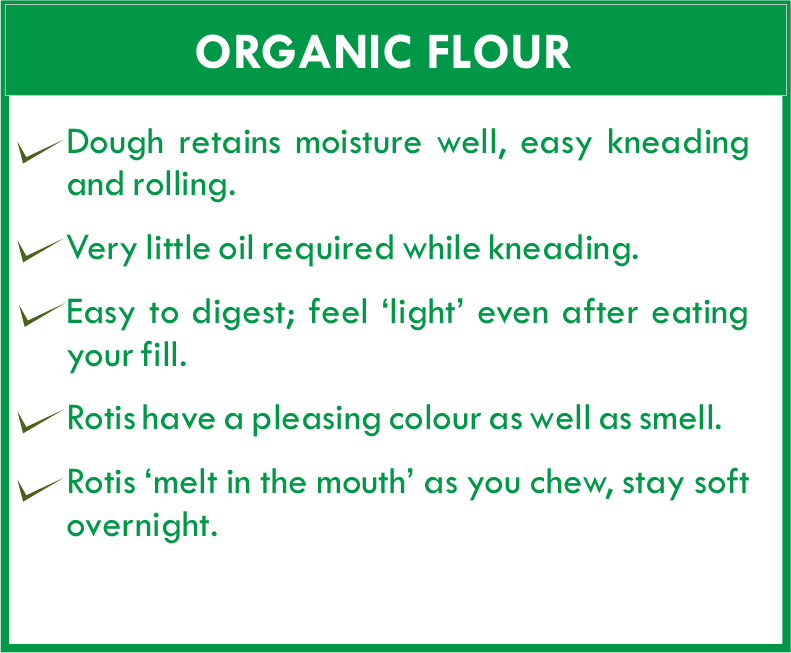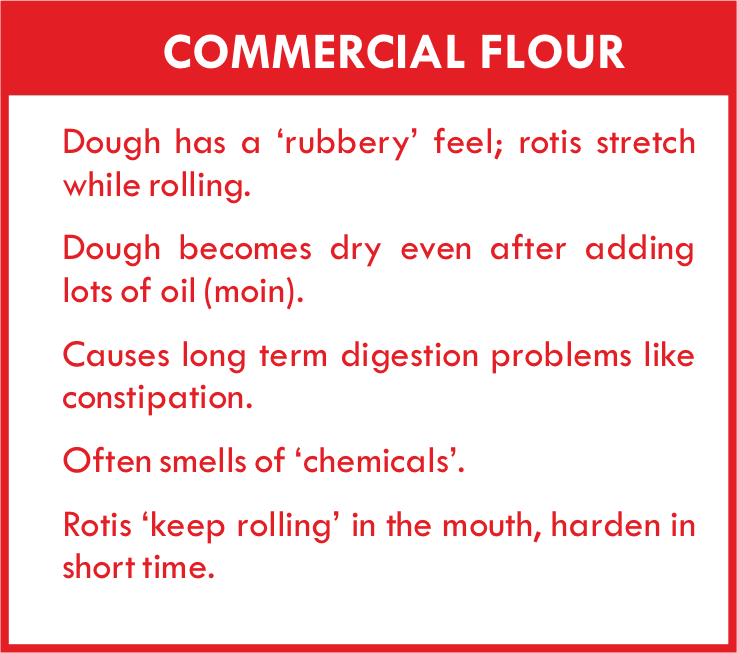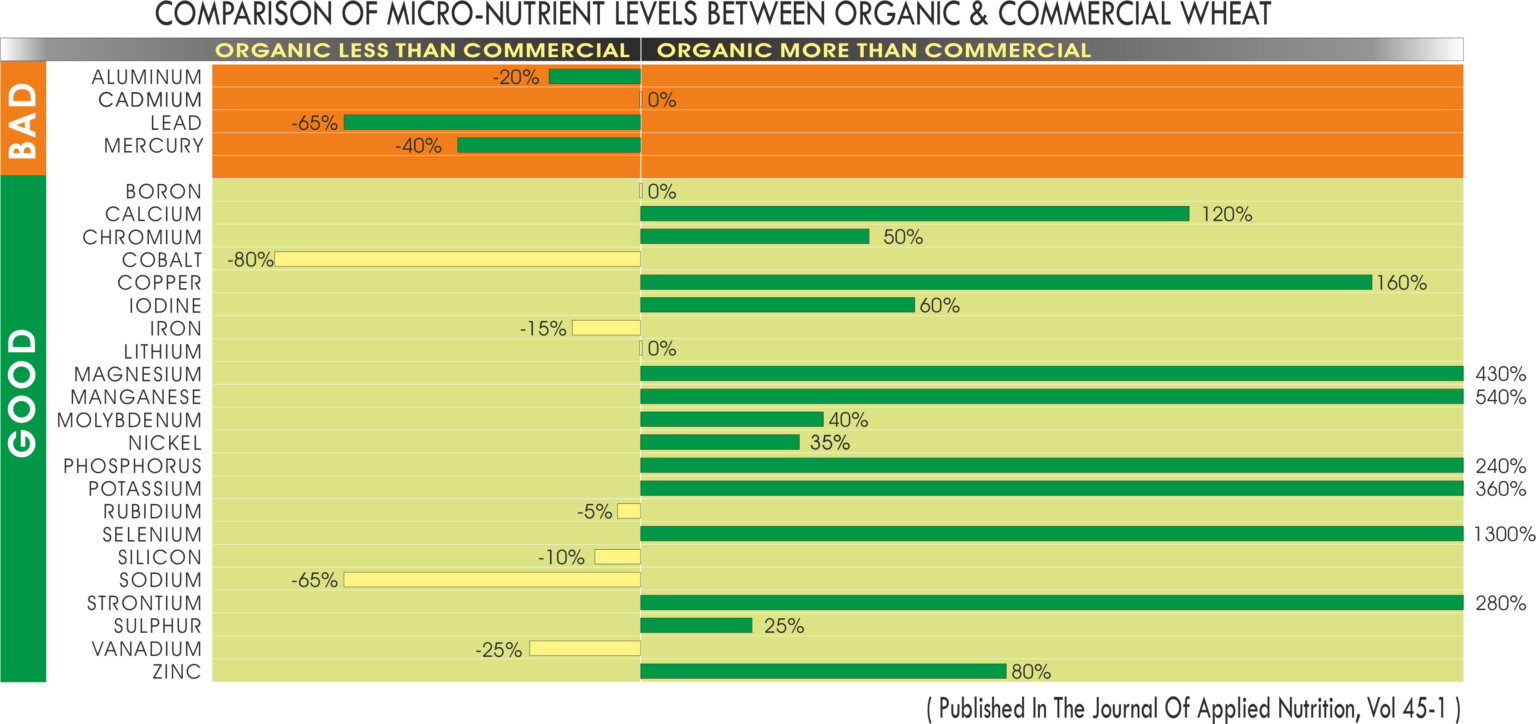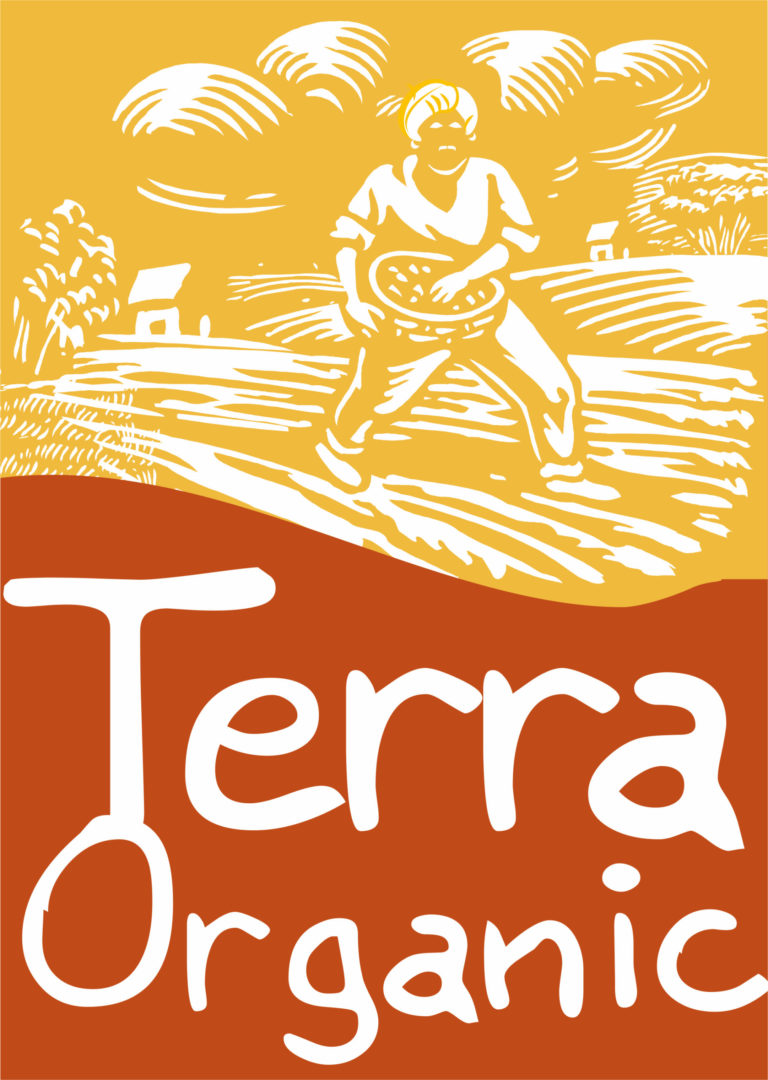LOOK AT THE COMPARITIVE FACTS OF ORGANIC WHEAT vs COMMERCIAL WHEAT FLOUR


Small differences in nutrient levels matter a lot to the overall quality of a meal

Some of the ‘GOOD NUTRIENTS’ that were found in HIGHER levels in the organic wheat:
Chromium [+50%], deficiency associated with onset of adult diabetes & arterioscle (hardening of the arteries).
Selenium [+1300%], antioxidant nutrient that protects us from damage by environmental chemicals. It is protective against cancers and heart disease.
Calcium [+120%], needed for strong bones.
Zinc [+80%], maintains metabolism of pituitary, adrenals, testes & ovaries. Keeps liver healthy. Beneficial in the treatment of skin disorders, esp. eczema & psoriasis.
Potassium [+360%], critical role in maintaining water balance at cellular level. Activates number of intestinal enzymes, promoting energy production.
Magnesium [+430%], reduces mortality from heart attacks, keeps muscles from spasming, and eases the symptoms of PMS.
Phosphorus [+240%], a structural component of bones & teeth. Helps the process of ‘burning’ of sugar for energy production in the human body.
Some of the ‘HARMFUL METAL ELEMENTS’ that were found in LOWER levels in the organic wheat:
Aluminum [-20%], implicated for years in the development of Alzheimer’s disease.
Lead [-65%], a well known toxin, can adversely affect our childrens’ IQ.
Mercury [-40%], can cause neurological damage.
However, are these small differences of any consequence?
It is now known that there are many nutrient interactions and that small differences do matter. For example, an increase in vitamin C increases the effect of vitamin E, folic acid and iron. The increase in vitamin E then increases the effect of selenium and vitamin A. Vitamin A further increases the effect of iron, and so on. Because of these interactions, small increases (or equally, decreases of toxic substances), over the many nutrients in food can have a much bigger effect than would be expected from looking at the individual nutrient levels.
Why only wheat flour? What about the rest of the food on our plate?
The obvious answer is to consume only organic food, including milk products, vegetables
lentils, rice etc. That however, is easier said than done, especially in Ahmedabad, due to the near absence of organic food outlets. However, this situation would rectify itself under the pressure of market forces, as more and more people shift to organic food. In the interim, shifting to organic flour alone would result in substantial health benefits of wheat flour (in the form of chapatis), forms roughly 30%-40% of our meal, by weight. Thus shifting to organic wheat would obviously result in greater intake of beneficial micronutrients on one hand, and a proportionate reduction in intake of harmful chemicals on the other hand.
THE ‘OVERALL NUTRITIVE QUALITY’ OF THE MEAL WOULD IMPROVE.
